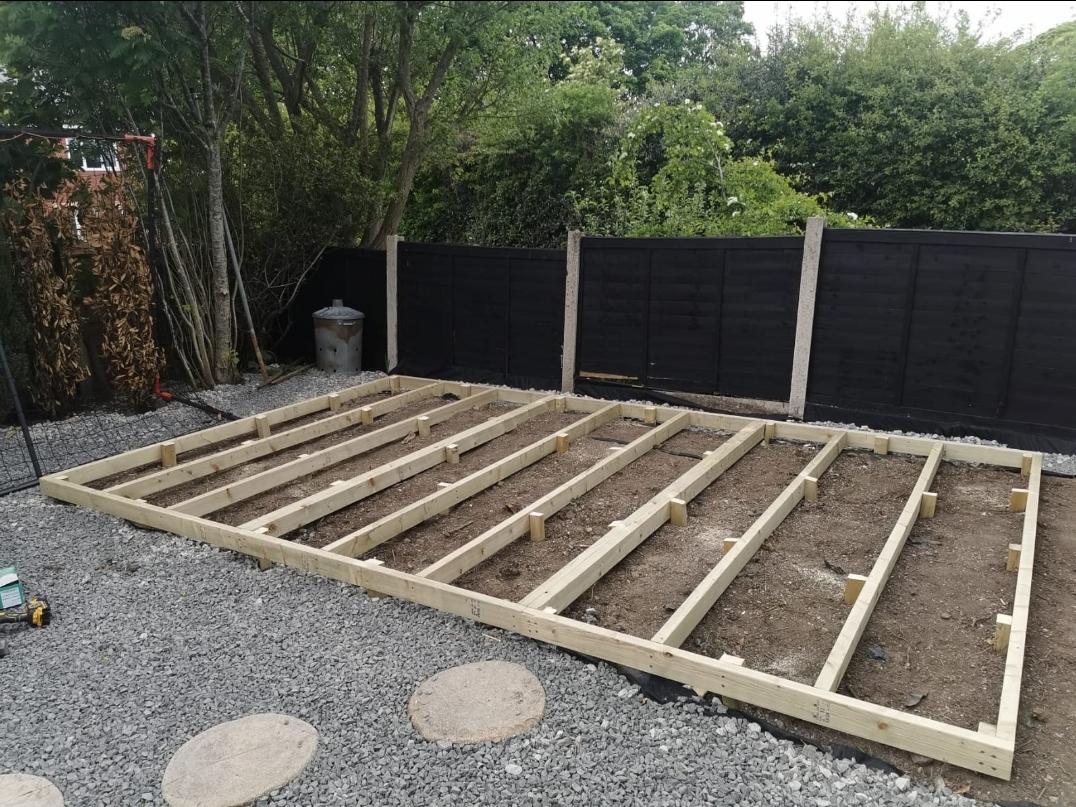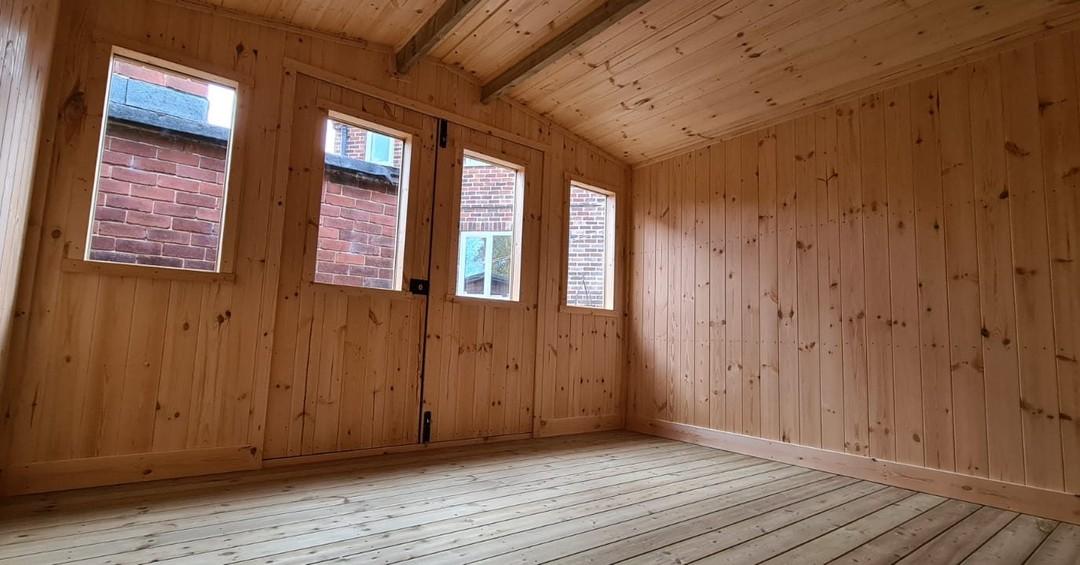When it comes to maintaining the longevity of your shed, preventing floor rot is a crucial step. A rotting shed floor not only compromises the structural integrity of your storage space but can also lead to costly repairs. In this guide, we'll explore practical steps to keep your shed floor in top condition and ensure it stands the test of time.
1. Choose the Right Materials:
Start with a solid foundation by selecting the right materials for your shed floor. Pressure-treated timber is an excellent choice, as it is resistant to rot and insect infestation. Ensure proper ventilation underneath the shed to prevent condensation and trapped moisture.
2. Elevate the Shed:
One effective way to prevent floor rot is by elevating your shed. This creates a gap between the floor and the ground, reducing the risk of water absorption. Bearers are a must! Considering a base frame, even on a concrete pad, would also be a great way to elevate your building and create a good amount of air flow.
3. Install Proper Ventilation:
Proper ventilation is key to preventing moisture build-up within the shed. Consider installing vents along the walls or using a ridge vent on the roof to promote air circulation. This helps reduce humidity inside the shed, minimizing the risk of rot.
4. Apply a Waterproof Sealant:
Protect your shed floor by applying a quality waterproof sealant. This creates a barrier against moisture, preventing water from seeping into the wood. Be sure to reapply the sealant periodically, especially after heavy rainfall or if you notice signs of wear.
5. Use a Durable Flooring Material:
If your shed sees a lot of foot traffic, consider using a durable flooring material that is resistant to moisture. Epoxy coatings, rubber mats, or interlocking tiles can provide an additional layer of protection against water damage.
6. Regular Maintenance:
Consistent maintenance is key to preventing and addressing any potential issues before they escalate. Regularly inspect your shed for signs of water damage, such as soft spots, discoloration, or mould growth. Promptly address any issues to prevent further deterioration.
7. Ensure Proper Drainage:
Proper drainage is essential to keep water away from your shed. An excellent option would be to install guttering with downspouts to direct rainwater away from the foundation or into a water butt.

Preserving your shed floor requires a combination of thoughtful planning, quality materials, and regular maintenance. By following these practical tips, you can ensure that your shed remains a reliable and durable space for years to come, free from the threat of floor rot.



